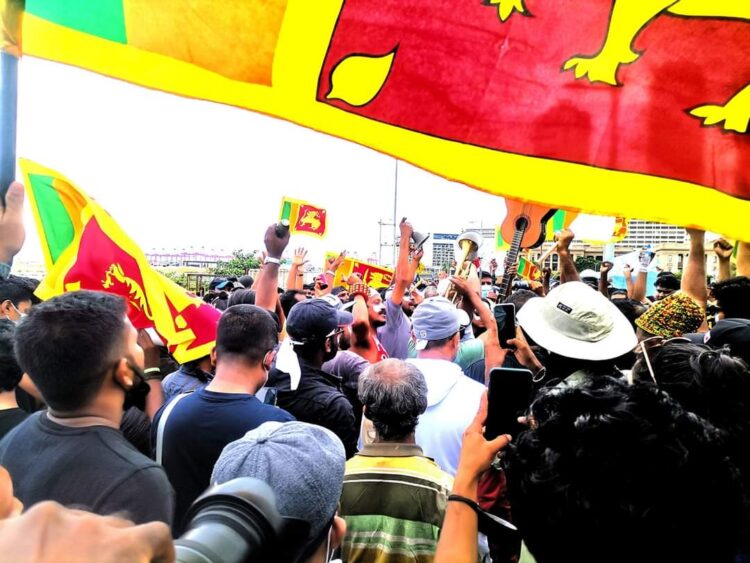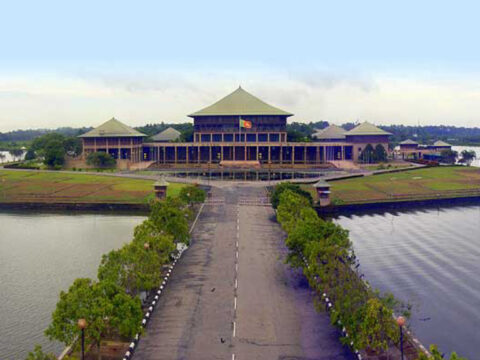© Financial Times
The country defaulted on more than $50bn of foreign loans in 2022, and last May the then prime minister Ranil Wickremesinghe complained that finding even $1mn was proving to be a challenge. Sri Lanka has one of the largest public sectors in the world, which — including defence — accounts for between 70-80 per cent of the country’s annual budget. Meeting the salary bill is a battle. The government is in the throes of negotiating a $2.9bn IMF bailout, which ministers seem confident will be approved.
India and others have sent aid, including food and medical supplies, to a population living under constant pressure. A majority of Sri Lanka’s 22mn people live in rural areas and are struggling to put food on the table. Average earnings are down, inflation is about 59 per cent, though the government insists it is coming down. The UN warns of severe undernourishment and rising poverty in a country that once boasted one of the highest standards of living in south Asia.
To the visitor, the true situation is initially hard to grasp. Restaurants in the capital Colombo are full and markets well stocked. Travels around the central mountain region and the small villages are also deceptive. I gave a tip of $3 to the hotel staff member who had arranged my room; he burst into tears, mumbling that he needed the money for his young daughter.
Sri Lankans, renowned for resilience, now just “seethe with anger”, says Sri Lankan Booker Prize winner Shehan Karunatilaka. By last year frustration had reached boiling point. Millions, mostly the young, took to the streets in Colombo and across the country. The presidential palace was stormed and the prime minister’s residence torched. President Gotabaya Rajapaksa fled to Singapore, from where he resigned by email.
His successor, the political veteran Wickremesinghe, is seen as a surrogate for the powerful Rajapaksa family, which has dominated Sri Lankan politics and business for decades. While tourism has certainly been hit hard by Covid, many blame their current predicament on endemic and longstanding government corruption, nepotism and economic mismanagement. About 300,000 Sri Lankans left the country in 2022, the highest number on record.
If conditions do not improve, new protests could be triggered and may even turn violent. But demonstrating is one of the few ways for Sri Lankans to express their dissatisfaction with the government. The ruling coalition has a strong parliamentary majority and opposition parties are splintered. There are serious restrictions on freedom of speech. Staff at News 1st, Sri Lanka’s biggest independent news network, were severely beaten by police while covering the protests.
The security forces and military still enjoy a prominent role in society and their numbers are disproportionately high, a legacy of the civil war between Hindu, Tamil minority separatists and the Buddhist Sinhalese-dominated authorities. This brutal conflict, which began in 1983 and ended in 2009 with the defeat of the Tamil Tigers, hangs like a shadow over present day Sri Lanka. Some 100,000 died or simply disappeared, with little justice for victims and their families.
Can people rise above these residual ethnic and religious tensions and coexist as simply Sri Lankans? Protesters from all ethnicities marched together last year, united in their common disgust and shared suffering. Perhaps a new, nonsectarian sense of nationhood could prove the silver lining to this bleak chapter in Sri Lanka’s post-independence history.
(Zeinab Badawi is President of Soas, University of London)




